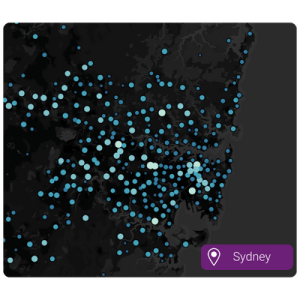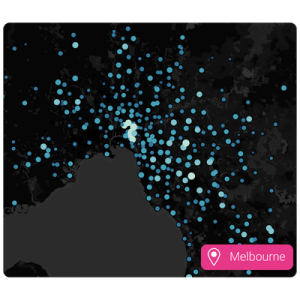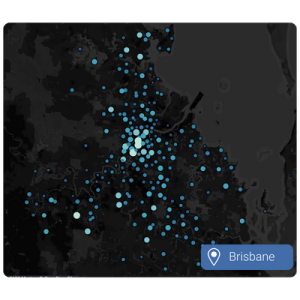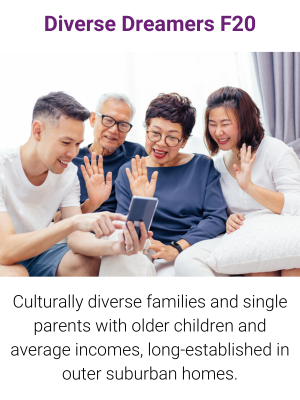Who are the Zoomers?
Zoomers, also known as Generation Z, were born in the late 1990s and early 2000s, they’re the generation after Millennials (Generation Y).
Now in their early to late twenties, many Zoomers are rejecting the urban rental lifestyle of previous twentysomething generations, in favour of staying in or returning to their family homes.
Where are the Zoomers?
An unprecedented number of Zoomers are living at home, a trend that is unlikely to be surprising to parents. The percentage of 18–29-year-olds residing with their parents has jumped from 40%, 25 years ago to nearly 60% today.1 This surge is likely due to the financial benefits of staying at home, given the rising cost of living.
So where are the Zoomers, geographically speaking?
They’re practically everywhere.
A growing number of Zoomers are choosing to live in the outer parts of Sydney and Melbourne. They’re not clustered in any particular areas but are scattered throughout suburbia.
However, Brisbane’s Zoomer population is more concentrated, this could be the result of more affordable housing costs (in this area), reducing the pressure to move back home.



What’s a ‘typical’ Zoomer profile?
While we often think of Zoomers as a singular group, perhaps due to social media trends, there are distinct sub-groups such as:
- Students and international students
- Individuals from high-income households with greater disposable income
- Individuals contributing to household expenses within families on more modest incomes
We’ve identified Zoomers within the following groups and types within Mosaic:
As demonstrated above, Zoomers are spread everywhere and are found within some of the most diverse household segments.
How can businesses engage with Zoomers?
Experian can see that selected Zoomers represent an important consumer base for major department stores such as Myer, David Jones, Target, Big W, and Kmart. Businesses keen to capitalise on Zoomers’ spending power should consider key moments such as buying clothes for a first job, especially among Urban Elite Zoomers.
Bright Starts (Mosaic Group G) are spending more on their Pets (if they have them), they’re early tech adopters, and they index highly for spending on items such as more on clothes, shoes and casual dining.
The travel industry could benefit from the adventurous spirit of Zoomers by offering targeted travel packages. For example, by offering homeward trips for international students, or family cruises for Diverse Dreamer Zoomers.
Don’t assume all Zoomers are strapped for cash. Many, especially ‘Urban Elite’ Zoomers, have significant spending power compared to others such as ‘Diverse Dreamers’.
How can you reach Zoomers in your next marketing campaign?
Zoomers are a diverse bunch, geographically dispersed, spanning a wide range of groups and types. Experian’s newly rebuilt Mosaic Segmentation tool can help you identify and segment your ideal audience, maximising your marketing ROI by effectively distributing your budget across multiple platforms. Make sure your next marketing campaign is as effective as it can be with Experian Mosaic.
In summary
- Zoomers are spread out geographically.
- Zoomers are living at home at rates not seen for 20 years.
These 20-29-year-old consumers differ significantly from those of the past. Not only are their ambitions potentially very different, but the overall economic environment is shaping behaviours that are defining this demographic.
Many are staying at home for longer and are re-evaluating their recreation and lifestyle choices, as well as their marriage and parenthood choices. Zoomers are likely great consumers, big spenders, and a younger audience that’s ready to age well with your brand.



